360° Stories
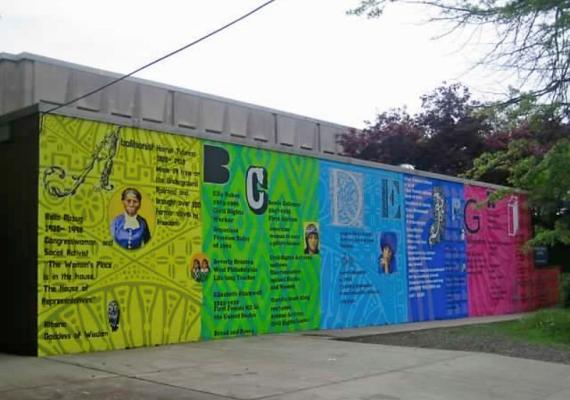
360°: Changing Education
Changing Education, the first 360° offering at Bryn Mawr, is inspired by the College's 125th anniversary in 2010-11.
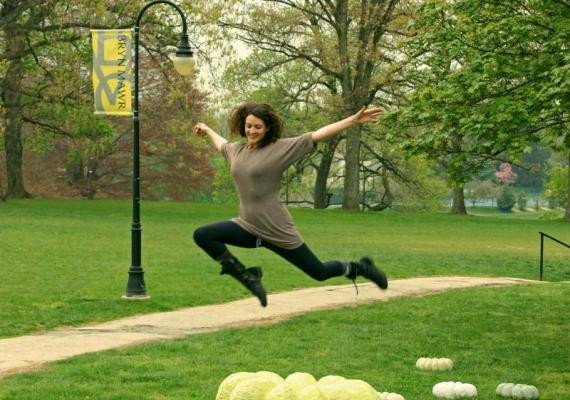
360°: Eco-Literacy
This Eco-Literacy 360° cluster considers our participation in the environment from the perspectives of economics, education, and various forms of literary and visual expression. Our goal is to develop a vocabulary for thinking, feeling and talking about the ways in which the places we live affect each of us, and how each of us affects the places we live.
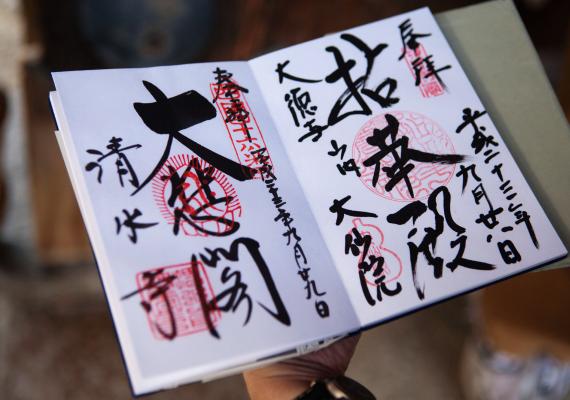
360°: Contemplative Traditions
This 360°, taught by professors of chemistry, psychology, and East Asian Languages and Cultures (formerly East Asian Studies), examined the history, science and practice of meditation and other mindful practices.
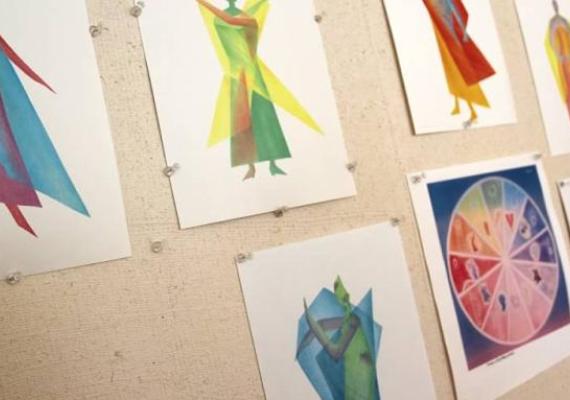
360°: Identity Matters
This cluster of courses, which have been co-designed by professors with shared interests in disability studies, gender studies, human development, literature, social work, visual studies and writing, will consider how multiple systems of identity, as Rosemarie Garland-Thomson says, “intertwine, redefine, and mutually constitute one another.”
360°: Nicaragua: Places and Names
This cluster focuses on the rich geologic and linguistic history and present of Nicaragua to explore the ongoing interconnectedness between landscape and language.

360°: Empires
This 360 cluster consists of three courses that examine different aspects of “empires.” It brings together historical, linguistic, and scientific perspectives in the study of imperial experiences and their present-day implications.
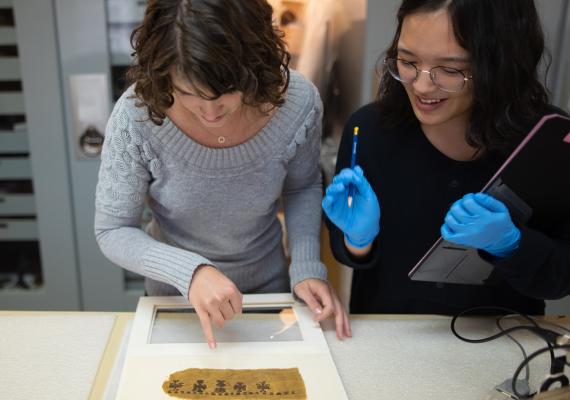
A Closer Look at 360° Course Clusters
Pictured: Students in the 360°: Textiles in Context, which provided a multidisciplinary approach to the technical analysis, historical interpretation, and museum display of early Byzantine textiles.